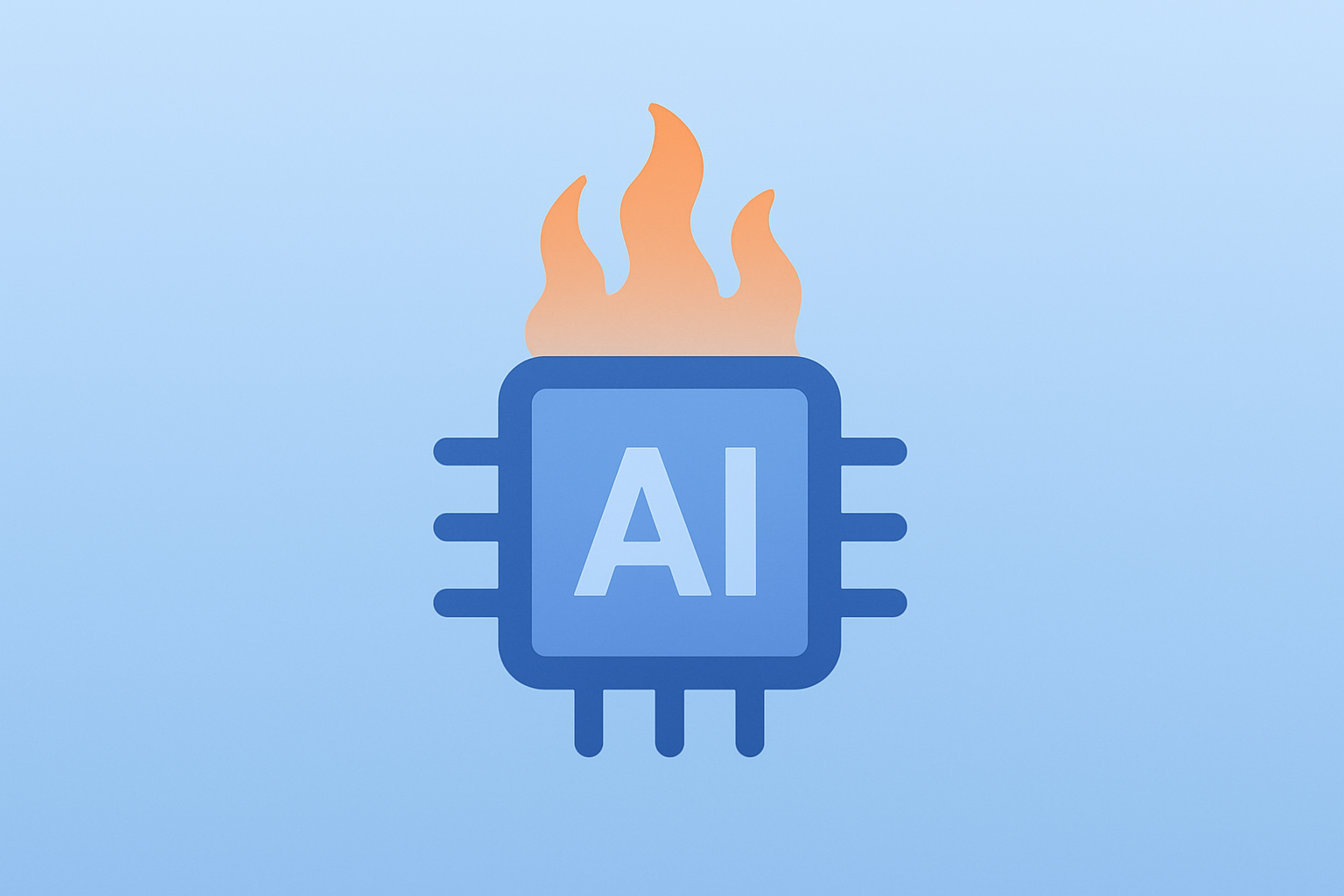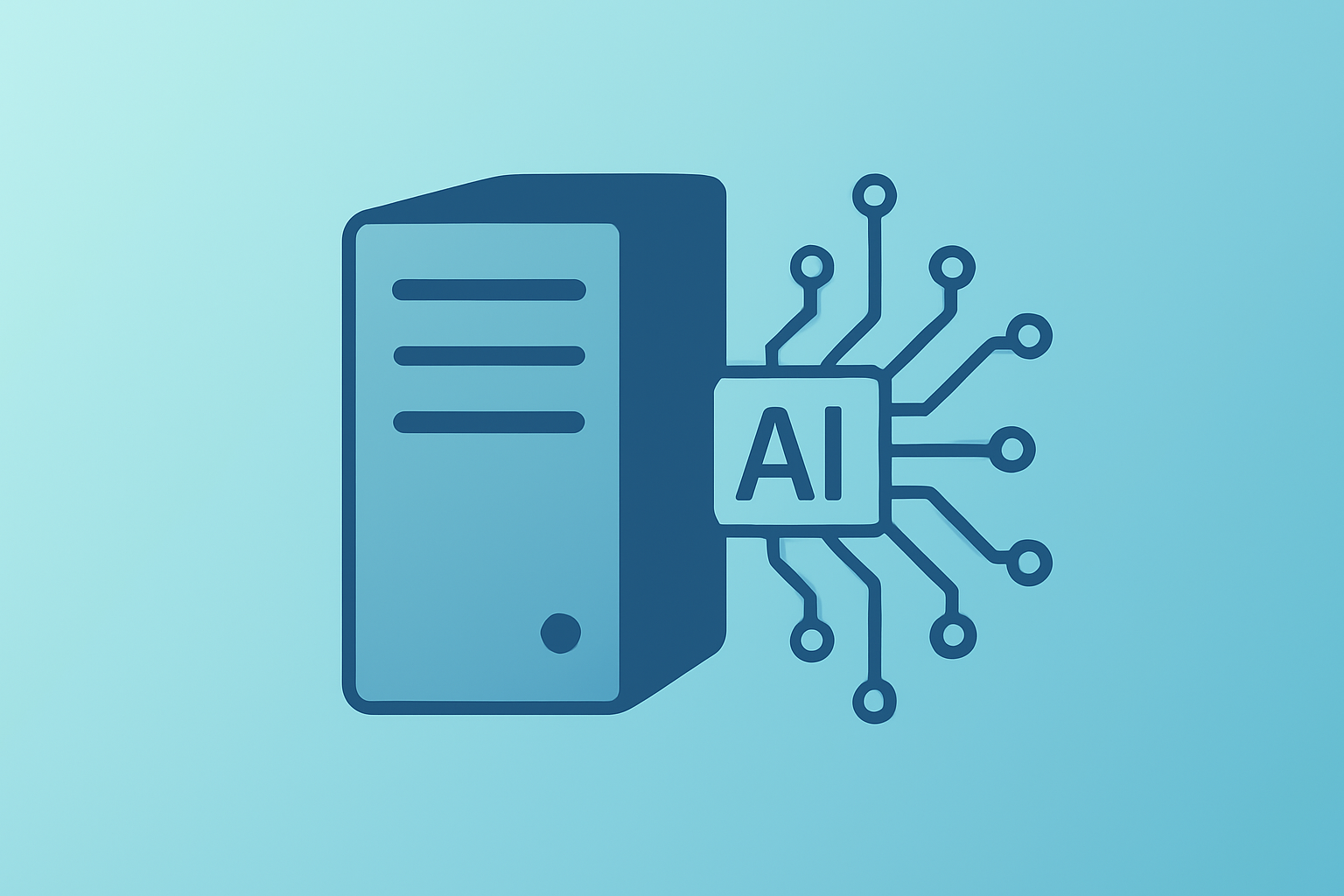Ray Dalio Bubble Warning Counsels Against Selling
Ray Dalio bubble warning said AI speculation pushed markets toward historic bubble levels and urged traders to favor diversification over panic selling.

KEY TAKEAWAYS
- Dalio said markets were about 80% of the way to historic bubble peaks.
- He identified AI speculation as the primary driver and warned of a possible melt-up before correction.
- Dalio counseled against selling and urged diversification, fundamentals, and 15 uncorrelated return streams.
HIGH POTENTIAL TRADES SENT DIRECTLY TO YOUR INBOX
Add your email to receive our free daily newsletter. No spam, unsubscribe anytime.
On Nov. 20, 2025, Bridgewater Associates founder Ray Dalio warned that AI-driven speculation has pushed markets toward historic bubble conditions. He urged investors to diversify and focus on fundamentals rather than sell immediately.
Dalio’s Bubble Assessment and Market Outlook
Dalio said markets are about 80% of the way to the conditions that preceded historic bubbles like 1929 and the late-1990s dot-com era. He identified the AI bubble as the main speculative force driving prices higher.
He described a proprietary bubble indicator that evaluates six factors, including asset valuations, new-buyer flows, and market leverage. This gauge showed relatively high risk as of October 2025. On Nov. 6, Dalio said the U.S. economy is entering the final phase of a "big debt cycle" and flagged the possibility of a temporary "melt-up" in asset prices before a later correction.
Dalio highlighted a two-part economy, with weakness in some sectors and overheating in AI and other tech. He cited a large U.S. fiscal deficit of $1.8 trillion in 2024 and concentrated leverage among so-called weak hands as factors complicating policy and market stability. The eventual path depends on Federal Reserve actions, the health of tech fundamentals, and leveraged investors’ behavior.
Investor Positioning Advice
Dalio advised against wholesale selling despite the bubble warning. Instead, he recommended building resilience through diversification by constructing a portfolio of 15 uncorrelated, risk-balanced return streams as a hedge before a downturn. He emphasized focusing on fundamental value—companies with strong balance sheets and reasonable valuations—rather than chasing momentum.
He suggested real-asset producers, such as miners and other tangible-asset companies, could outperform during a melt-up. Dalio warned that a concentrated cluster of tech leaders is particularly vulnerable. He identified the "Magnificent Seven"—NVIDIA, Amazon, Tesla, Microsoft, Alphabet, Apple, and Meta—as exposed to pullbacks due to stretched valuations tied to AI enthusiasm. Firms with high leverage, dependence on ultra-low interest rates, or prices driven by momentum rather than fundamentals face heightened downside risk in a correction.
Dalio framed the moment as a portfolio-construction challenge rather than a simple sell signal: prepare with diversified, risk-balanced exposures and focus on balance-sheet strength to weather a period that may include a late-cycle price surge followed by significant repricing.





